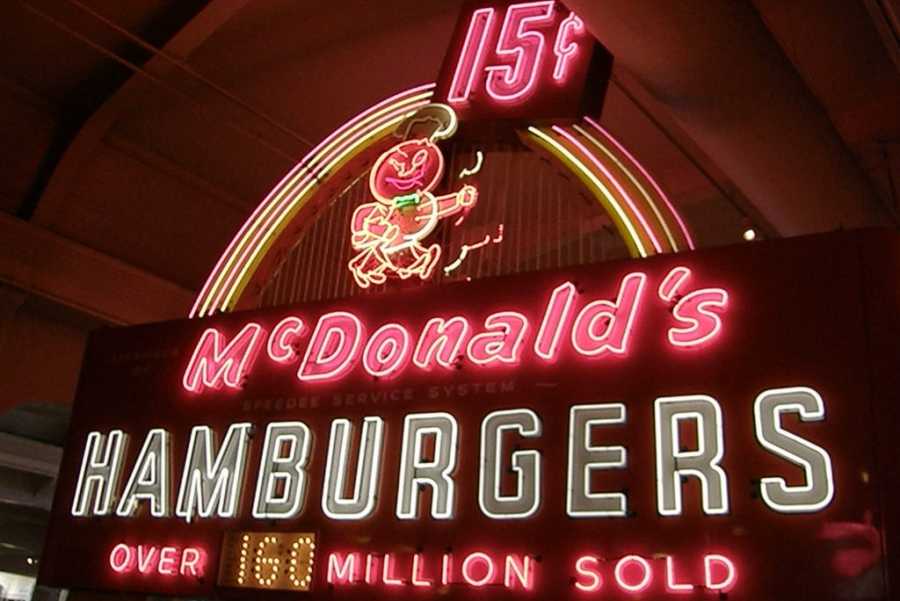
It’s no secret that prices for goods and services have increased over the years. But just how much have prices changed since the 1960s? Let’s take a look at some popular items and see how their prices compare.
Food:
- In the 1960s, a dozen eggs cost about 60 cents, while today they average around $2.50.
- A gallon of milk cost around 30 cents, while today it averages around $3.50.
- A loaf of bread cost about 20 cents, while today it averages around $2.50.
- A McDonald’s Hamburger cost about 15 cents, while today, that same burger would cost you about $2.49.
Gasoline:
In the 1960s, a gallon of gas cost around 25 cents, while today it averages around $3.00. This is due to a variety of factors, including inflation, changes in the global economy, and government taxes and regulations.
Cars:
In the 1960s, a brand new car could be purchased for around $2,500. Today, the average price of a new car is over $37,000. However, cars today come with a variety of advanced features that were not available in the 1960s, such as air conditioning, power windows, and advanced safety features.
Housing:
In the 1960s, the average cost of a new home was around $16,500. Today, the average cost of a new home is around $350,000. This is due to a variety of factors, including inflation, changes in the housing market, and increases in construction costs.
Entertainment:
In the 1960s, a movie ticket cost around $1.00, while today it averages around $9.00. However, movies today are typically shown in theaters with more advanced technology, such as IMAX and 3D. In the 1960s, a vinyl record cost around $4.00, while today a CD costs around $10.00 and digital downloads cost even less.
Overall, it’s clear that prices for goods and services have increased significantly since the 1960s. While some may lament the higher prices, it’s important to remember that today’s goods and services often come with more advanced features and technology. Regardless of the changes, it’s always interesting to look back and see just how much prices have changed over the years.





